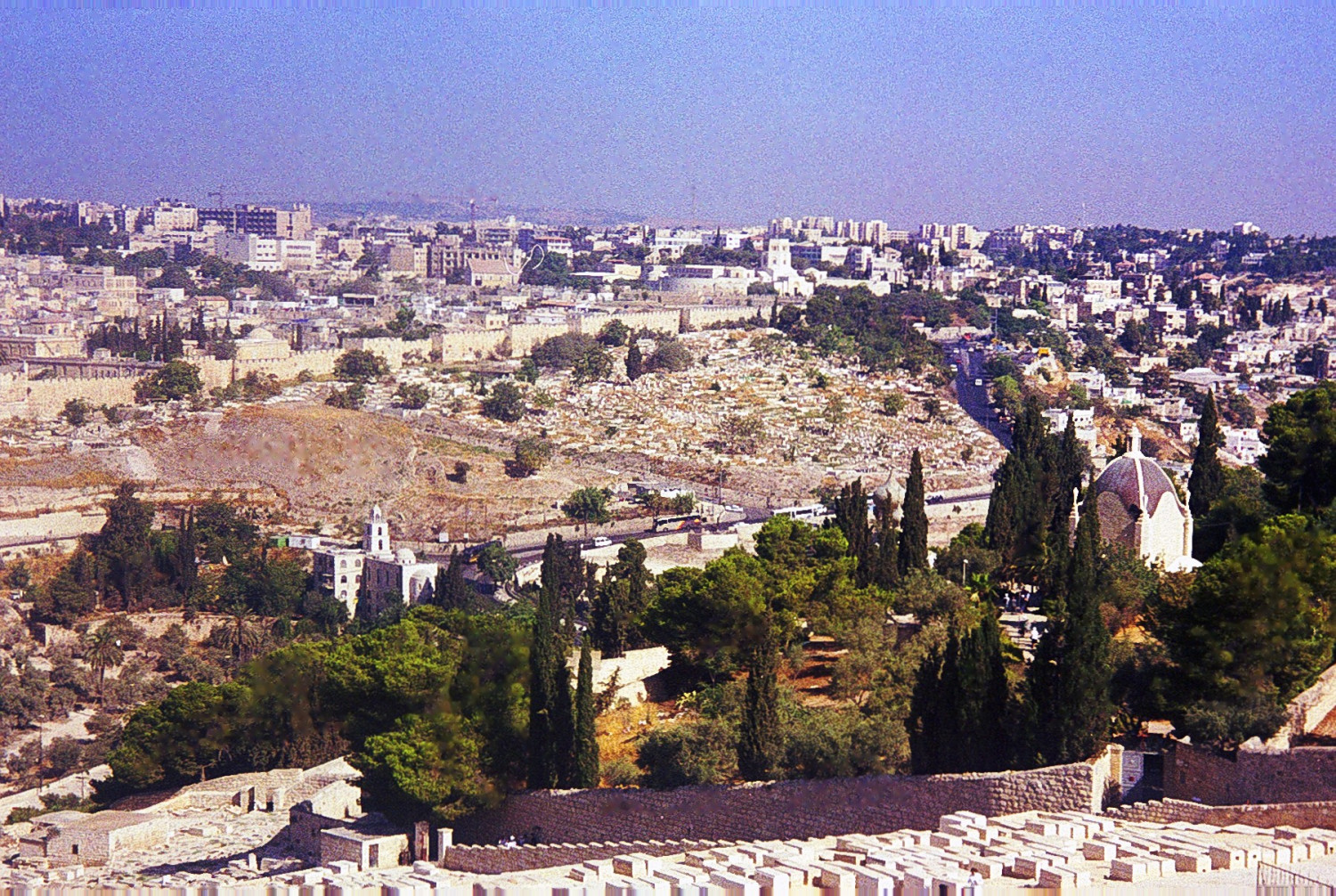4 Sept. Solomon turns away from the LORD
“King Solomon loved many women who were not from Israel. He loved the daughter of the king of Egypt, as well as women of the Moabites, Ammonites, Edomites, Sidonians and Hittites.”
“The LORD had told the Israelites, ‘You must not marry people of other nations. If you do, they will cause you to follow their gods.’ But Solomon fell in love with these women. He had 700 wives who were from royal families and 300 slave women who gave birth to his children. His wives caused him to turn away from God.”
“As Solomon grew old, his wives caused him to follow other gods. He did not follow the LORD completely as his father David had done. Solomon worshipped Ashtoreth, the goddess of the people of Sidon, and Molech, the hated god of the Ammonites. So Solomon did what the LORD said was wrong and did not follow the LORD completely as his father David had done.”
“On a hill east of Jerusalem, Solomon built two places for worship. One was a place to worship Chemosh, the hated god of the Moabites, and the other was a place to worship Molech, the hated god of the Ammonites. Solomon did the same thing for all his foreign wives so they could burn incense and offer sacrifices to their gods.”
“The LORD had appeared to Solomon twice, but the king turned away from following the LORD, the God of Israel. The LORD was angry with Solomon, because he had commanded Solomon not to follow other gods. But Solomon did not obey the LORD’s command.”
“So the LORD said to Solomon, ‘Because you have chosen to break your agreement with me and have not obeyed my commands, I will tear your kingdom away from you and give it to one of your officers. But I will not take it away while you are alive because of my love for your father David.’”
“’I will tear it away from your son when he becomes king. I will not tear away all the kingdom from him, but I will leave him one tribe to rule. I will do this because of David, my servant, and because of Jerusalem, the city I have chosen.’”
(1 Kings 11:1-13)

Solomon married many foreign women from the territory of the Hittites and from Moab, Ammon, Edom and Sidon. As he grew older, he began to worship their gods including Ashtoreth, the goddess of Sidon, Molech, the god of Ammon (Rabbah in modern-day Jordan) and Chemosh, the god of Moab.
On the Mount of Olives, east of Jerusalem (later called the ‘Mount of Offence’) Solomon built an altar to Chemosh, the god of Moab, and one to Moloch, the god of the Ammonites.
Ashtoreth (Ishtar or Astarte), the consort of Baal, was a Canaanite fertility goddess. The worship of Ashtoreth had attracted some Israelites ever since the invasion of Canaan in c.1406BC (see Judges 2:10-13 & 10:6), and had become widespread among the Israelites by the time of Samuel in c.1024BC (see 1 Samuel 7:3-4). After King Saul was killed by the Philistines at the Battle of Mt Gilboa in 1011BC, his armour was placed in the Temple of Ashtoreth at Beth Shean (see 1 Samuel 31:8-10).
The excavation of clay images showing a naked female at numerous archaeological sites confirms that the worship of Ashtoreth was widespread during the time of the ‘Judges’ and throughout the reigns of the kings of Israel and Judah. As well as male and female ritual prostitution, the cult of Ashtoreth also involved child sacrifice.
Molech, the god of Ammon, was introduced into Israel by Solomon and his Ammonite wives with their foreign retinues (see 1 Kings 11:5). Prior to this, any Israelite or foreigner who sacrificed his children to Molech was guilty of an abomination in the eyes of Yahweh and was put to death (see Leviticus 20:1-5).
After the official toleration of this foreign religion, children were burnt alive on the altars of Topheth, in the Valley of Hinnom, immediately south of the city walls of Jerusalem (see 2 Kings 23:10 & Jeremiah 32:35). King Ahaz of Judah sacrificed his own sons in the fires of Gehenna (a name, symbolising ‘hell’, adopted by the Jews to describe the Valley of Hinnom), as did King Manasseh (see 2 Chronicles 28:3 & 2 Kings 21:6).
Chemosh was the god of Moab, the land to the south east of Judah. The Moabites are recorded as worshipping Chemosh in the time of Moses (see Numbers 21:29), but it was not until King Solomon built a ‘high place’ (an altar) to Chemosh on the Mount of Olives facing Jerusalem that the religion was officially sanctioned in Israel (see 1 Kings 11:7). This ‘high place’, built in c.940BC, was not removed until King Josiah desecrated the ‘Mount of Corruption’ (the Mount of Olives) in 624BC (see 2 Kings 23:13).
The worship of Chemosh was another pagan religion that practised the ritual sacrifice of children. After the death of King Ahab of Israel in 852BC, King Mesha of Moab rose in rebellion, but was soundly defeated by the Israelites. As a final act of desperation, he stood on top of the city walls of Kir Hareseth and sacrificed his eldest son and heir, in full view of the horrified Israelite soldiers who looked on (see 2 Kings 3:27).
The photo shows the Mount of Olives where Solomon built altars to worship Chemosh, the god of Moab, and Moloch, the god of the Ammonites.
You can read more about these foreign gods @ https://thebiblejourney.org/biblejourney2/31-the-golden-age-of-israel-under-king-solomon/solomon-turns-away-from-god/
